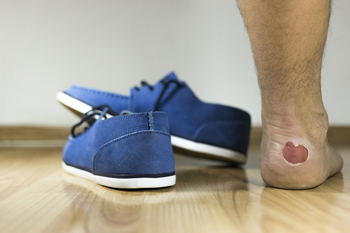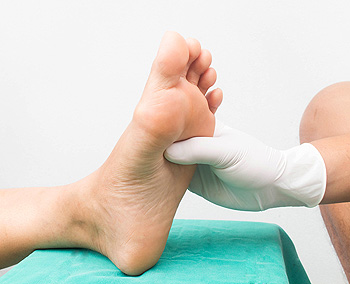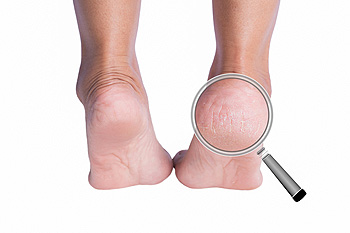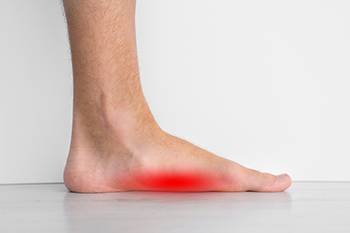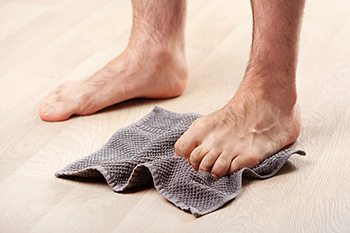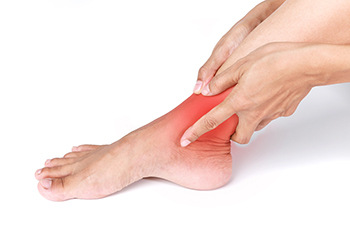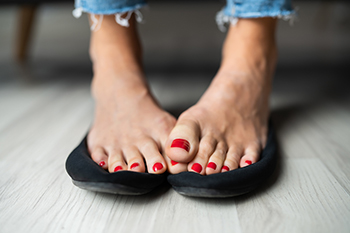
There are many people whose feet get sweaty occasionally throughout the day. Excessive sweating without a reason is a condition that is known as plantar hyperhidrosis, which can be uncomfortable. It is an abnormal condition that affects the sweat glands in the feet and can produce large amounts of sweat. Other foot issues may arise as a result of hyperhidrosis and these can include toenail fungus, athletes foot, and unpleasant foot odor. Research has indicated that approximately five percent of people are affected by this ailment and some methods may help to prevent plantar hyperhidrosis from developing. These can consist of writing in a journal every time a sweating episode happens, which can help pinpoint trigger points. It is beneficial to wear cotton socks during the warmer months and to refrain from wearing nylon socks that can retain moisture. Additionally, the feet contain 125,000 sweat glands and many people have found that using an antiperspirant deodorant on the feet may help to control episodes of plantar hyperhidrosis. If you suffer from this condition, it is strongly suggested that you seek the counsel of a podiatrist who can guide you toward additional preventive techniques and offer you correct treatment options.
If you are suffering from hyperhidrosis contact one of our podiatrists of Westside Podiatry Center, LLP. Our doctors can provide the care you need to attend to all of your foot and ankle needs.
Hyperhidrosis of the Feet
Hyperhidrosis is a rare disorder that can cause people to have excessive sweating of their feet. This can usually occur all on its own without rigorous activity involved. People who suffer from hyperhidrosis may also experience sweaty palms.
Although it is said that sweating is a healthy process meant to cool down the body temperature and to maintain a proper internal temperature, hyperhidrosis may prove to be a huge hindrance on a person’s everyday life.
Plantar hyperhidrosis is considered to be the main form of hyperhidrosis. Secondary hyperhidrosis can refer to sweating that occurs in areas other than the feet or hands and armpits. Often this may be a sign of it being related to another medical condition such as menopause, hyperthyroidism and even Parkinson’s disease.
In order to alleviate this condition, it is important to see your doctor so that they may prescribe the necessary medications so that you can begin to live a normal life again. If this is left untreated, it is said that it will persist throughout an individual’s life.
A last resort approach would be surgery, but it is best to speak with your doctor to find out what may be the best treatment for you.
If you have any questions please feel free to contact one of our offices located in Liverpool, Camillus, Skaneateles, Oswego, and Cicero, NY . We offer the newest diagnostic and treatment technologies for all your foot and ankle needs.
